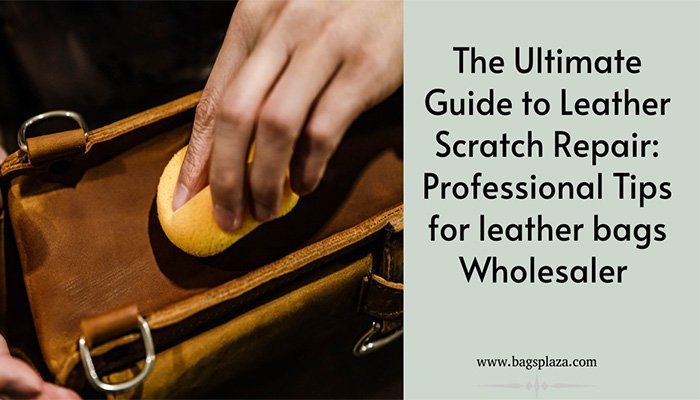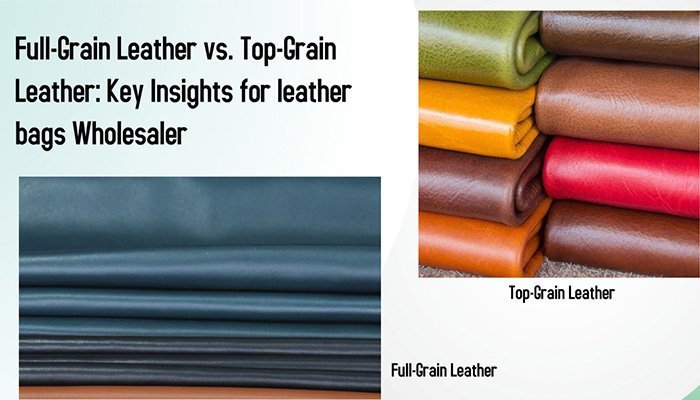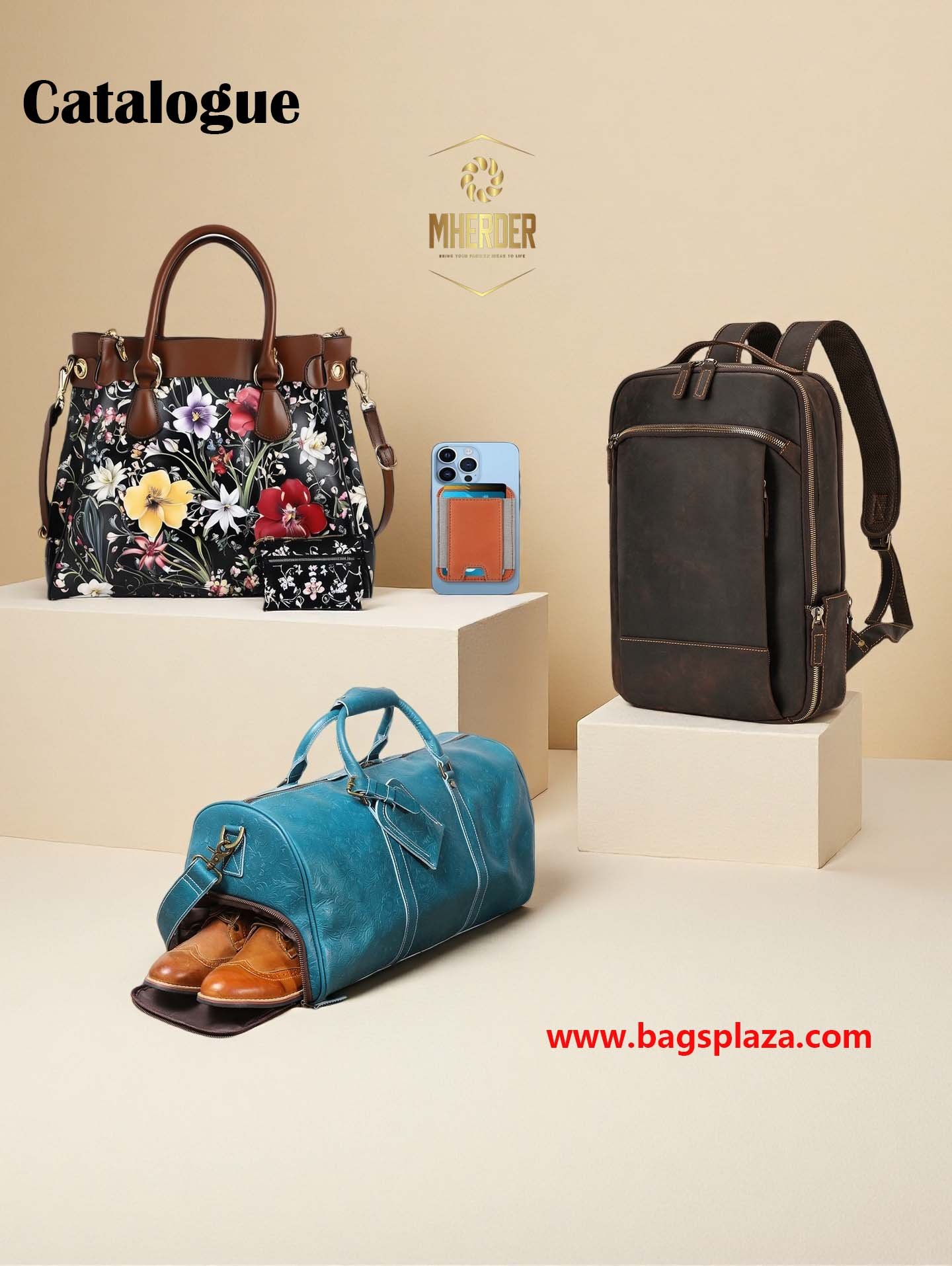Understanding the Leather Bag Market
Market Research and Trends
When you’re starting your own leather bag brand, it’s crucial to understand where the market currently stands. The global leather goods market is on a steady rise, with a valuation of about $714 billion in 2030 and projections pointing to continued growth in the coming years [Statista – Global Leather Goods Market Size]. This growth is fueled by an increasing appreciation for quality craftsmanship and an enduring love of timeless accessories.
At the same time, trends in leather bag design are evolving. Consumers are more discerning than ever—they’re looking for unique shapes, multifunctional compartments, and a range of colors. Neutral tones are still popular, but vibrant, statement-making hues are gaining traction too. According to recent analyses of fashion consumer behavior, buyers are increasingly seeking versatile bags that fit seamlessly into their daily routines, from office commutes to evening outings [FashionUnited – Consumer Behavior Trends].
The competitive landscape is equally diverse. On one hand, you have heritage brands with decades of experience and loyal followings. On the other, there are nimble, emerging labels that carve out niches with sustainable materials or innovative silhouettes. Finding a gap in this market—whether it’s catering to eco-conscious buyers or focusing on minimalist luxury—could be your key differentiator.
Target Audience
Before designing a single sketch or sourcing your first hide of leather, define who you’re targeting. Are you aiming for young professionals with a mid-range budget who value both style and function? Or perhaps you’re going after luxury connoisseurs who prioritize artisanal craftsmanship and are willing to invest. Understanding your demographic’s interests, lifestyle, and spending habits will help you tailor your products accordingly.
Within the B2B space—importers, brand owners, Amazon buyers, retailers, and wholesalers—each segment has distinct needs. For instance, an Amazon pure player might be looking for bags that photograph well and have strong keyword appeal, while a boutique retailer might care more about exclusivity and story-driven collections. By clarifying these differences early on, you set yourself up for long-term brand alignment and market success.
Choosing High-Quality Leather and Materials
Types of Leather and Their Characteristics
Different types of leather offer unique benefits. Full-grain leather, for example, is often considered the highest quality due to its durability and natural look. Top grain provides a more uniform appearance, while genuine leather represents a more budget-friendly option but may lack the longevity of higher grades. Vegan leather alternatives—often made from materials like pineapple leaves or mushroom fibers—are gaining popularity as sustainable and cruelty-free choices [Vogue – Faux Leather Guide].
When selecting materials, consider their texture, finish, and thickness. A well-chosen leather can result in a bag that not only looks stunning but lasts for years. Also, keep an eye on sourcing practices. Ethical and environmentally responsible supply chains are increasingly important to both consumers and partners [Leather Working Group – Sustainability].
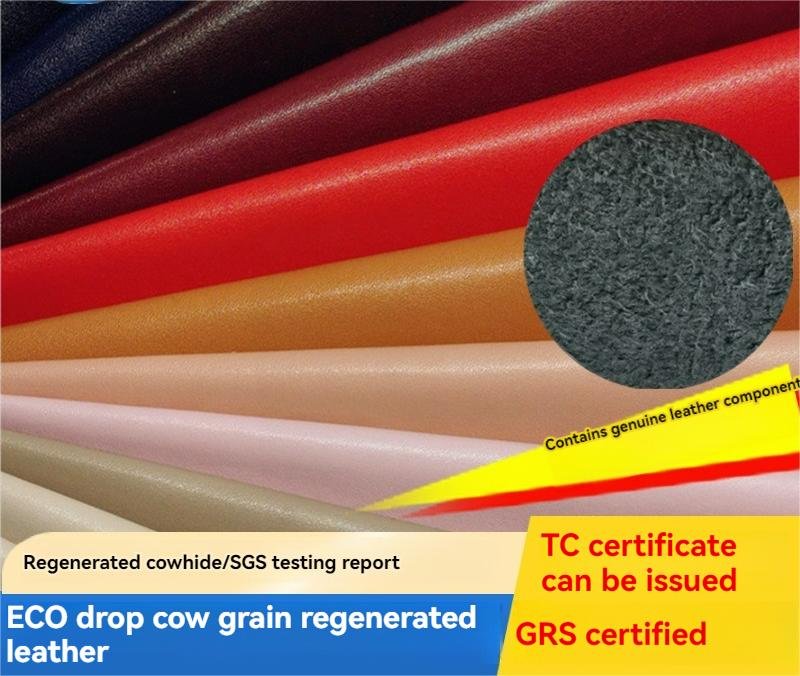
Hardware and Accessories
Don’t underestimate the impact of premium hardware. A sturdy zipper from a reputable manufacturer like YKK [YKK Zippers] can enhance the user experience and signal quality. Opt for buckles and metal fittings that resist tarnish and consider using recycled or ethically sourced hardware to reinforce your brand’s commitment to sustainability.
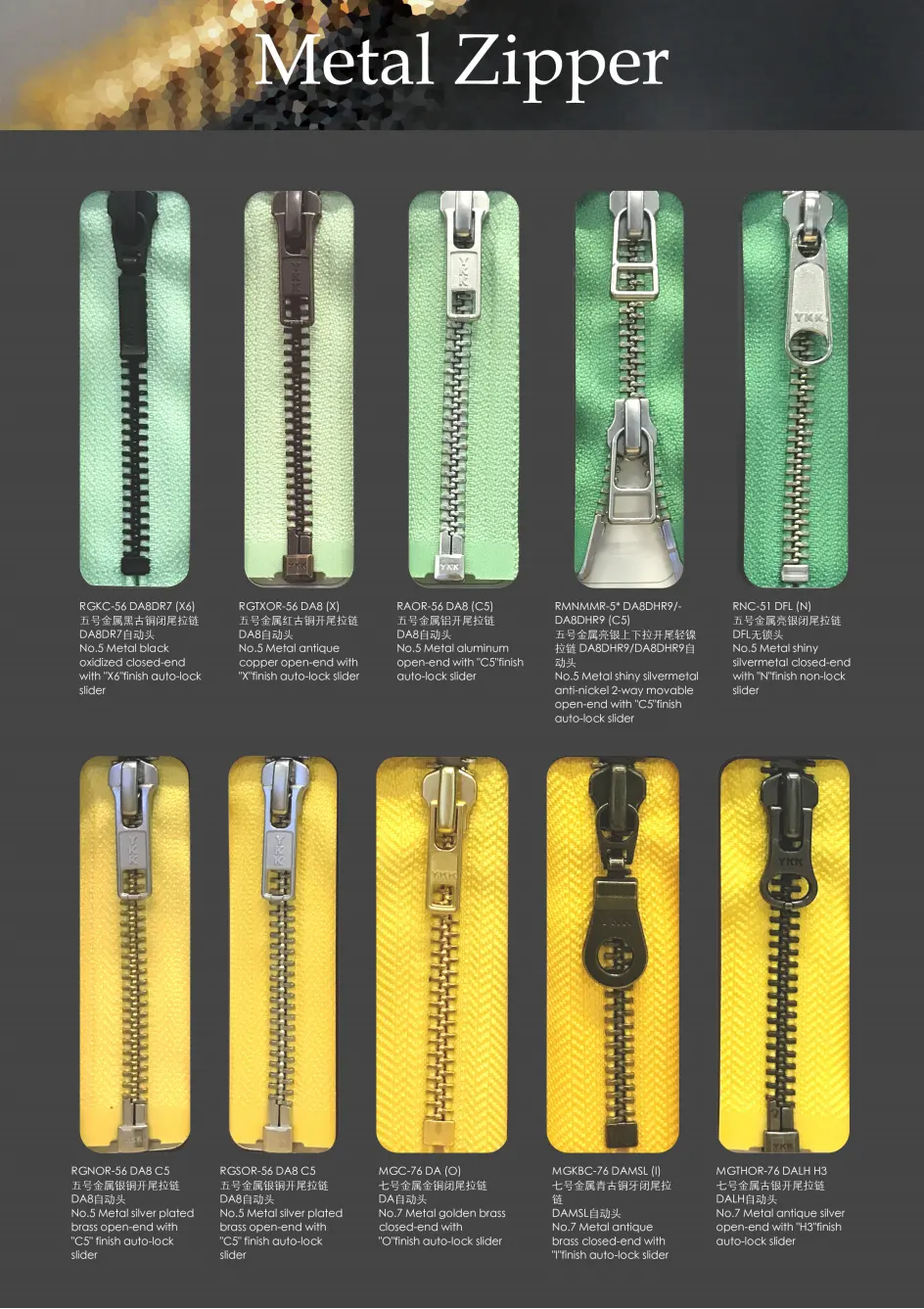
Designing Your Product Range
Defining Your Brand Aesthetic
Your brand’s aesthetic sets the tone for every product you release. Think carefully about your color palette—do you embrace muted tones for timeless elegance, or experiment with playful hues that appeal to trend-focused shoppers? The shape and silhouette of your bags should complement both style and functionality, ensuring wearers can carry their essentials comfortably and confidently.
Product Development Process
Start with rough sketches, then build prototypes. Don’t shy away from gathering feedback; constructive criticism from friends, family, or early adopters is invaluable. Each iteration can bring you closer to a design that stands out in a crowded marketplace. Remember to test comfort, durability, and functionality, ensuring your customers invest in a product they’ll love for the long haul.
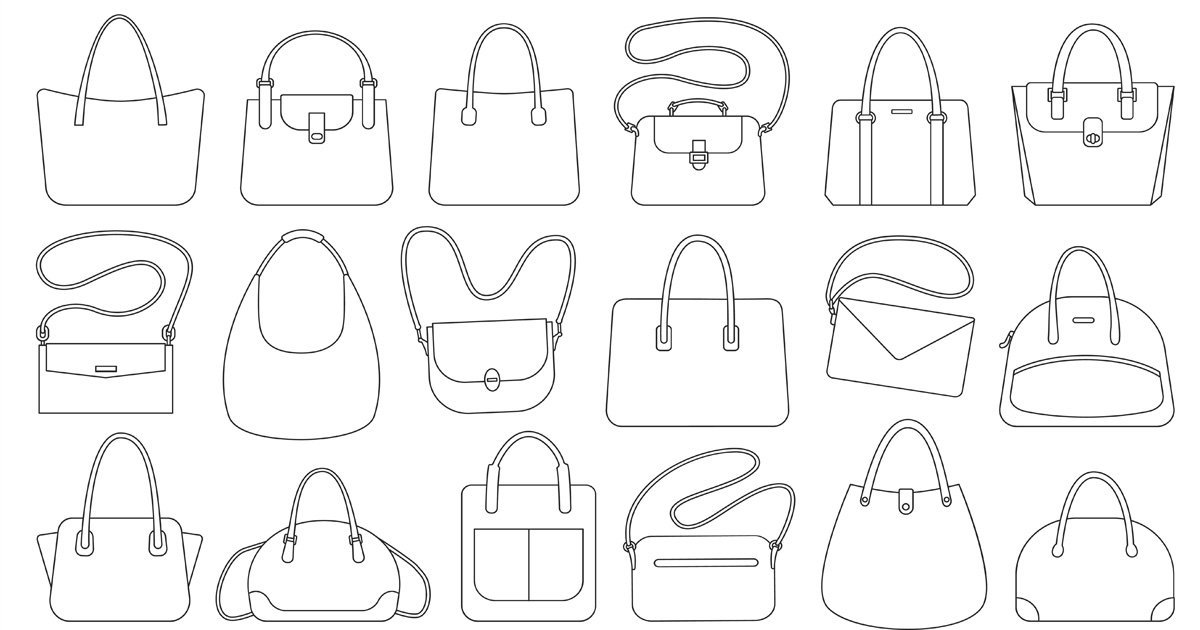
Finding and Working with Suppliers
Sourcing Leather and Materials
Choosing the right supplier can make or break your brand. Whether you opt for local suppliers known for craftsmanship or international partners offering competitive pricing, verify their credibility. Request samples, conduct small test orders, and ensure they meet your standards of quality and ethics.
Manufacturing and Production
Decide whether you’ll produce small batches for exclusivity or large-scale runs for cost efficiency. Factor in ethical and sustainable manufacturing practices to appeal to mindful consumers. Negotiating costs and lead times upfront sets clear expectations and helps you establish a reliable supply chain.
Establishing Your Brand Identity
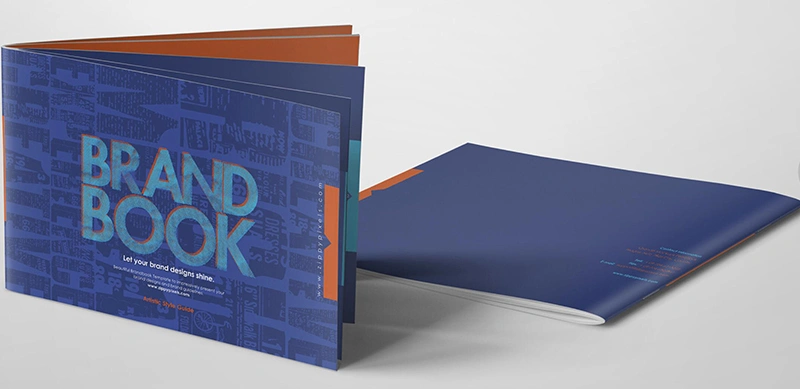
Designing a Distinctive Logo
Your logo is often the first thing people notice. It should reflect quality, elegance, and your unique personality. Perhaps it’s intricate typography paired with a simple icon or a fusion of traditional and modern elements. A well-crafted logo can bridge the gap between brand recognition and emotional connection.
Storytelling: Creating a Memorable Brand Narrative
Your brand narrative goes beyond a mission statement. It’s a story that invites customers to join your journey. Highlight the history, vision, and ethos that guide your business. By weaving an emotional storyline around your products, you encourage customers to invest not only in a bag but in what your brand represents [HubSpot – How to Create a Brand Narrative].
Translating Brand Personality into Visual Merchandising
Visual merchandising—whether it’s a window display or a social media feed—should tell a story. Showcase the craftsmanship behind your products and highlight exclusivity. Align every display with your brand’s personality, using consistent colors, imagery, and messaging.
Mobile Showcases for Street and Marketplace Merchants
Mobile setups can extend your brand’s visibility. A well-branded stall or van featuring large-scale imagery and clear contact details can attract curious passersby. Just ensure every detail, from lighting to signage, reflects your core brand values.
Uniformity Across Platforms
From your online storefront to your Instagram feed, maintaining consistency in logo placement, color usage, and brand voice helps customers recognize you instantly. A cohesive brand experience across platforms fosters trust and familiarity.
Building Brand Loyalty
Encourage repeat purchases through exclusive previews, loyalty programs, and personalized promotions. Engage your audience via social media and email newsletters, showing that you value their support and insights.
Measuring Brand Impact
Regularly review customer feedback, purchase patterns, website traffic, and social media engagement. These insights help you refine your branding, product offerings, and marketing strategies over time.
Integrating E-commerce into Your Leather Shop’s Identity
A strong digital presence ensures future growth. Consider investing in an immersive website, where customers can explore high-quality images, read your story, and make secure purchases [Shopify – What is Ecommerce]. Omnichannel strategies, like buy-online-pick-up-in-store, offer convenience that resonates with today’s shoppers.
Customizing Branding Strategies for Different Business Models
- Leather goods shop owners may emphasize craftsmanship and timeless aesthetics.
- Gift shop owners in touristic areas might weave local culture into their narratives.
- Amazon pure players can highlight authenticity and unique value propositions in product listings.
- Marketplace sellers should consider personal anecdotes that resonate with their audiences to deepen the shopper connection.
Pricing and Profit Margins
Cost Analysis
Calculate costs thoroughly—materials, labor, overheads, shipping, marketing—all matter. Determine a price that ensures profitability without alienating price-sensitive customers.
Setting the Right Price Point
Research competitor pricing. If your bags stand out due to higher-quality materials or unique designs, set a premium. Alternatively, consider introducing a more affordable line to attract budget-minded shoppers, then use limited editions or special releases to boost your brand’s perceived value.
Marketing and Distribution Strategies
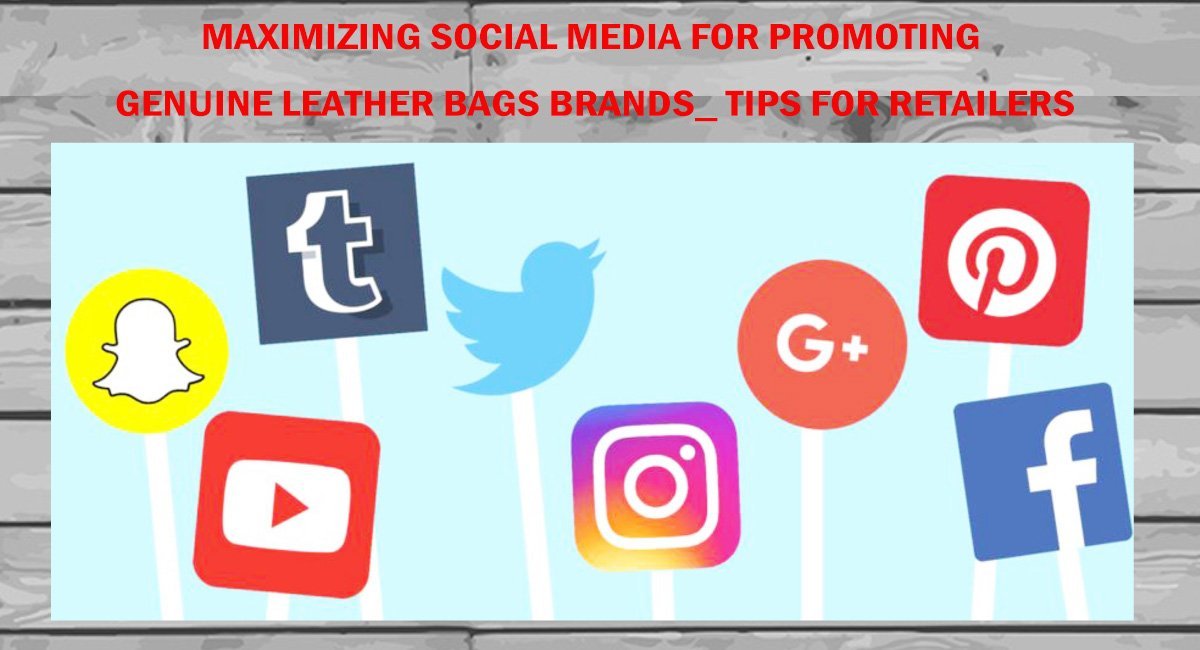
To reach your ideal customers—importers, brand owners, Amazon buyers, retailers, and wholesalers—it’s essential to create a multi-channel marketing and distribution plan that reflects the evolving nature of the leather goods industry.
Online Presence and Digital Marketing
Invest in building a polished, user-friendly e-commerce website. Include high-quality product photography, clear descriptions, and a seamless checkout process. Consider producing short videos or GIFs that highlight your bags’ features and showcase craftsmanship. Content marketing through lookbooks, style guides, and blog posts can position your brand as an authority in leather fashion, helping you rank higher on search engines. Incorporating basic SEO practices—such as researching industry-specific keywords—can bring more organic traffic to your site [Ahrefs – SEO Basics].
When marketing digitally, don’t overlook email campaigns. Develop a targeted email list and send subscribers updates on new collections, seasonal sales, and behind-the-scenes content. Sharing your brand’s story and values can forge a more personal bond, making customers feel more connected. Meanwhile, social media platforms like Instagram and Pinterest can function as your visual portfolio, showcasing editorial-quality images and short videos that appeal to both end-users and B2B clients [Hootsuite – Social Media Marketing].
Influencer Collaborations and Content Partnerships
Influencer partnerships—if done authentically—can amplify your message. Seek out influencers who genuinely appreciate leather craftsmanship or ethical fashion. Consider nano and micro-influencers with niche followings, as their audiences often trust their recommendations more than those from larger influencers [Influencer Marketing Hub – Finding Influencers]. Co-create content that highlights the unique value of your products—perhaps a styling video featuring your best-selling tote or an IGTV video focusing on material sourcing.
Wholesale and Retail Partnerships
For B2B customers, leveraging platforms like Mherder can streamline your wholesale operations. Offer tiered pricing and flexible MOQ (Minimum Order Quantity) terms to attract a range of buyers. Build relationships with importers and retailers who value your brand’s narrative and can represent it accurately to their customers. Attending trade shows and fashion fairs also provides opportunities to network, gather industry insights, and form strategic alliances with established buyers or small boutique owners [Trade Fair Dates – Leather Goods Trade Shows].
Marketplaces and Amazon Strategy
For Amazon and other online marketplaces, optimizing product listings with compelling imagery, clear bullet points, and keyword-rich descriptions can improve your visibility. Gathering early positive reviews through transparent customer service and a great returns policy will help build credibility. Amazon’s advertising tools, such as Sponsored Products and Sponsored Brands, can put your bags in front of customers who are already searching for similar items [Amazon Seller Central – Advertising].
Offline Strategies and PR Efforts
Don’t neglect offline opportunities. Pop-up shops can introduce your brand to local communities, while partnerships with boutiques or concept stores can extend your reach. Sending press releases to targeted fashion editors or working with stylists can help land your products in editorials, lookbooks, or seasonal trend guides. Personalized pitches to journalists and bloggers who specialize in leather goods or luxury products may secure valuable coverage [PR Couture – Fashion PR Tips].
Handling Logistics and Operations
Inventory Management
Keep track of stock levels closely. Too little inventory can frustrate buyers, while too much ties up capital unnecessarily. Consider using third-party fulfillment partners if managing inventory in-house feels overwhelming.
Shipping and Returns
Selecting reliable shipping services and offering clear return policies can build long-term trust and loyalty [Shopify – Shipping Strategies]. Transparent communication around delivery times and return fees sets realistic expectations and reduces friction at checkout.
Launching and Growing Your Brand
Your brand’s launch sets the tone for everything that follows. Thorough preparation ensures a strong debut, while strategic decisions will pave the way for long-term growth.
Pre-Launch Preparations
Before your grand opening, invest time in product testing and quality assurance. Share prototypes with friends, family, or small focus groups to gather honest feedback. Offer exclusive previews to a handful of potential B2B clients—like select retailers or loyal online followers. Use this stage to refine designs, pricing, and packaging.
Building anticipation is crucial. Tease upcoming launches through social media countdowns, email newsletters, and carefully timed press releases. Host a virtual launch party—perhaps a live Q&A session on Instagram or a short documentary that tells your brand’s origin story. Consider offering pre-orders with limited-edition incentives, encouraging early commitment and building initial momentum.
Post-launch engagement and Customer Retention
Once live, engage with customers directly. Respond to comments on social media, answer questions promptly, and show appreciation for early purchasers. Use email follow-ups to solicit feedback and reviews. Consider loyalty programs or referral bonuses to reward repeat buyers, and regularly spotlight user-generated content—customer photos, testimonials, or styling tips—to highlight real-life brand ambassadors.
Scaling Your Business Strategically
As your brand gains traction, you might explore new product categories—think wallets, small leather accessories, or travel bags—to broaden your appeal. Evaluate emerging markets where preferences align with your brand identity. For instance, if you started in the U.S., consider expanding into European or Asian markets, and adjusting your marketing language and product mix as needed.
Partnerships can also catalyze growth. Collaborate with complementary brands—like a high-quality footwear label—to create limited-edition sets or co-branded promotions. Seek distributors or agents in markets you’re less familiar with, relying on their local expertise to navigate cultural differences and consumer preferences.
Utilizing Data and Analytics for Growth
Track key metrics: website traffic sources, conversion rates, average order values, and customer lifetime value. Use these insights to refine marketing efforts and product offerings. Adjust ad spend across channels to focus on what’s working best, and consider A/B testing website layouts, messaging, and pricing structures to optimize performance. Regularly revisit and update your pricing and positioning strategies as new competitors enter the market or consumer preferences evolve.
Continuous Improvement and Sustainability
Staying relevant in the leather goods industry means you must consistently innovate while remaining true to your brand values. Consumers increasingly demand more than just a fashionable product; they want to know the story, ethics, and environmental footprint behind it.
Ongoing Product Development and Innovation
Don’t let product development stagnate. Keep an eye on emerging trends—such as biodegradable tanning methods, plant-based materials, or innovative finishing techniques that can reduce waste. Consider investing in research and development or partnering with textile innovators to stay ahead of the curve [Business of Fashion – Innovation in Materials].
Continuously solicit feedback from B2B partners and end consumers. Use questionnaires, online surveys, or social media polls to understand what features your audience craves. Maybe they want more interior pockets for better organization or a convertible strap design that can transform a handbag into a backpack. By incorporating customer insights, you’ll create products that feel tailor-made for their needs.
Enhancing Ethical and Sustainable Practices
As public scrutiny on environmental impact grows, take concrete steps toward ethical production. Aim to source from Leather Working Group-certified tanneries or suppliers who can prove responsible and transparent practices [Leather Working Group]. Consider using recycled or deadstock leather to reduce waste, and explore plant-based leather for vegan options. Audit your supply chain to ensure fair labor standards, and consider third-party certifications that signal your commitment to sustainability.
Supply Chain Transparency and Circular Solutions
Supply chain transparency can differentiate you in a crowded market. Publicly share information about where your materials come from and who makes your products. Introduce circular solutions: offer repair services, take-back programs, or credits for returning worn bags that can be refurbished or upcycled. This not only reduces environmental impact but also deepens customer loyalty, as buyers appreciate a brand that stands behind its product’s entire lifecycle [Ellen MacArthur Foundation – Circular Economy in Fashion].
Staying Current with Technological Advances
Adopting new technologies can streamline operations and improve product quality. Digital pattern-making tools can reduce waste by ensuring precise cutting. RFID tags in your bags or QR codes can provide instant product authentication, a plus for both retailers and end consumers. Experiment with augmented reality (AR) try-on experiences or 360° product views online to enhance the shopping experience [Shopify – Augmented Reality in E-commerce].
Measuring and Refining Sustainability Goals
Set measurable sustainability goals—such as reducing waste by 20% or sourcing 50% of materials from certified eco-friendly suppliers within two years. Regularly assess your progress and be transparent about it. Share annual sustainability reports with your audience, celebrating wins and acknowledging ongoing challenges. This honesty builds trust and sets you apart in an industry where greenwashing is increasingly scrutinized.
Conclusion
Starting a leather bag brand is both an art and a business. It begins with understanding the market, defining your target audience, and selecting the highest-quality materials. Then, it’s about establishing a compelling brand narrative, setting fair prices, and creating a solid marketing strategy that resonates with customers both online and offline. The journey doesn’t end at launch. Continual refinement, feedback loops, and sustainable practices ensure longevity in a competitive industry.
For those seeking a streamlined, one-stop solution, consider exploring Mherder at Mherder’s Shopping Guide. Here are some features you might appreciate:
- 3000+ Designs in Stock: Explore their full range to find what fits your brand’s style and price point [Mherder All Bags].
- MOQ: 100pcs per Shipment: Ideal if you’re testing the market or fulfilling large wholesale orders [MOQ & Pricing].
- Quick Shipment: Meet customer demand swiftly with prompt dispatch times [Shipping Policies].
- Customization Available: Personalize designs, from custom logos to unique color combinations, elevating your brand’s identity [Customization].
- Affordable Price: Balance quality and cost to maintain strong profit margins [Pricing].
Remember, this journey is about more than selling bags—it’s about crafting a narrative, building relationships, and evolving in tandem with your customers. Celebrate every milestone, learn from every setback, and keep pushing forward. Over time, you’ll develop a brand that not only makes a profit but also inspires loyalty and admiration.
